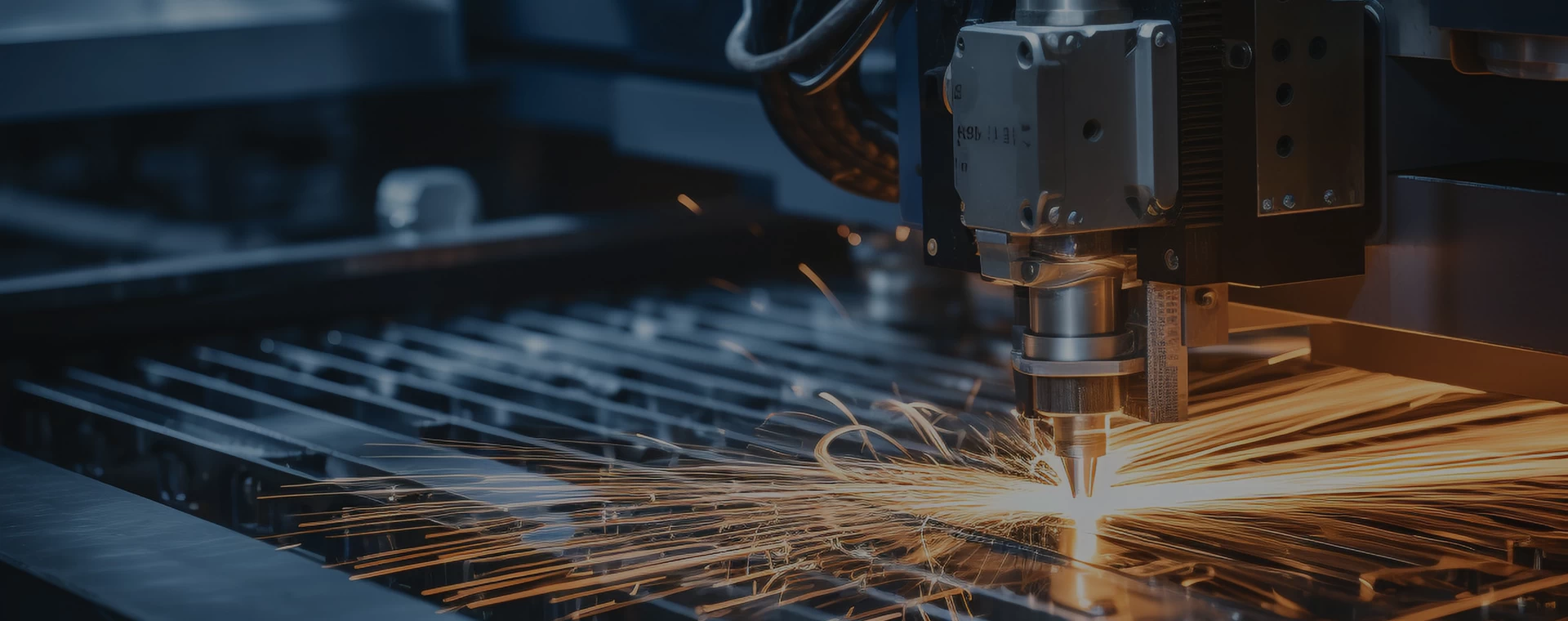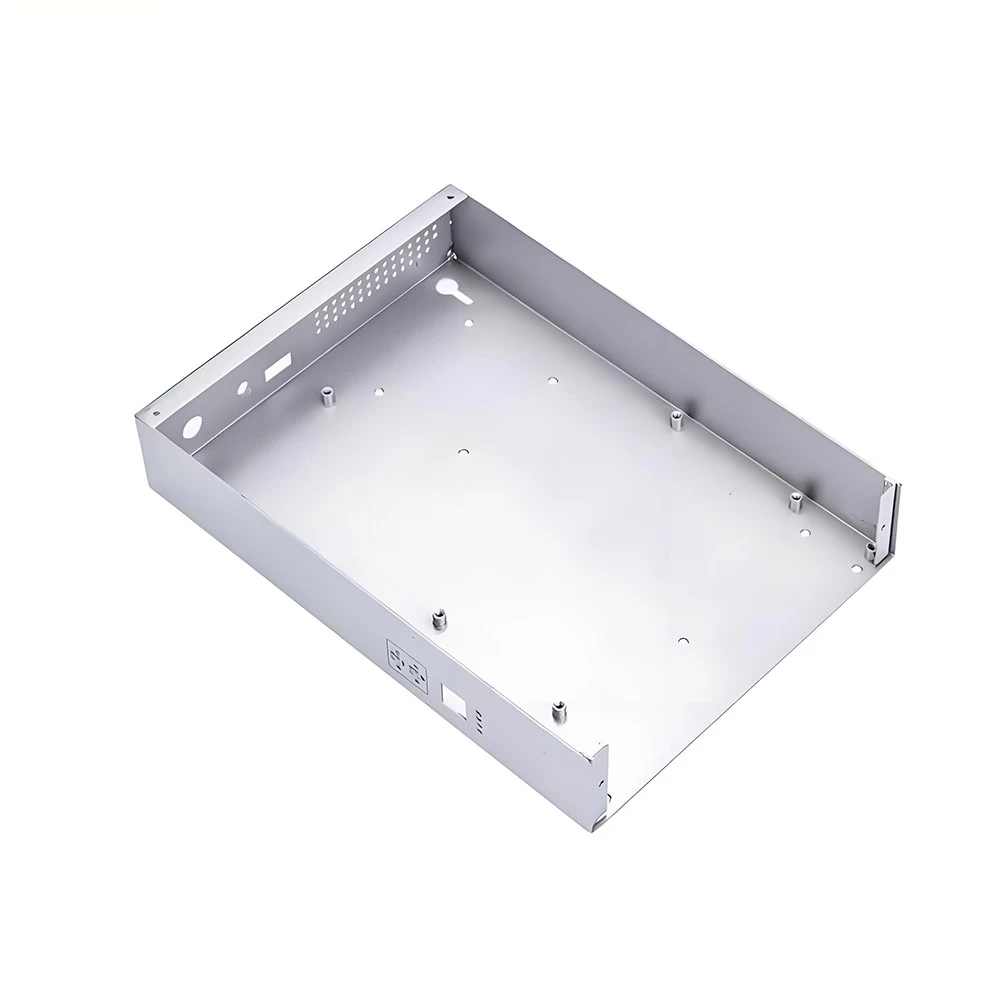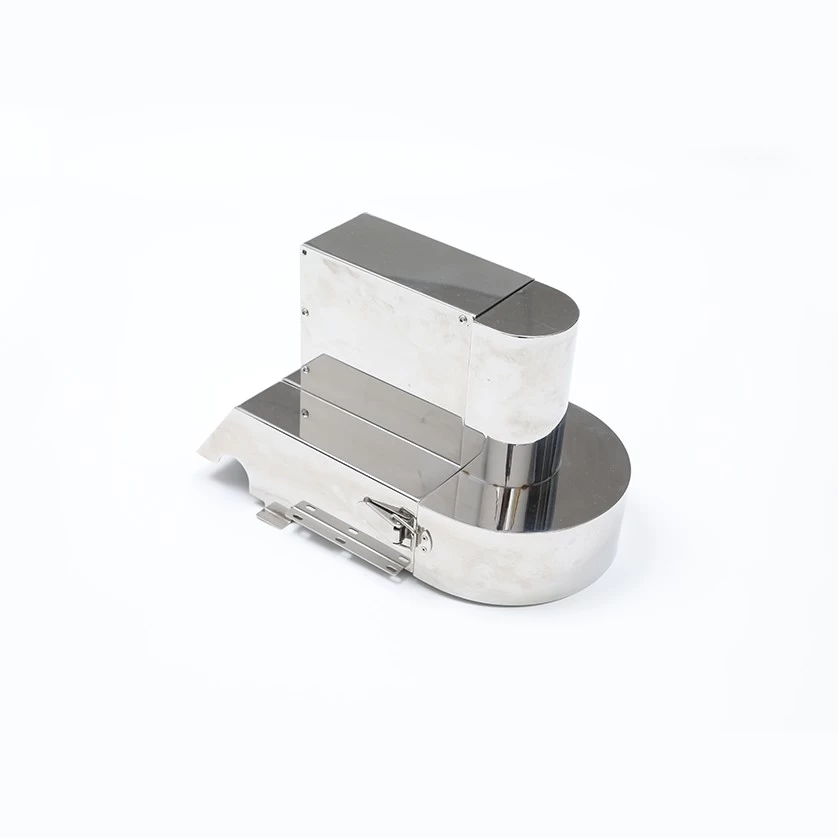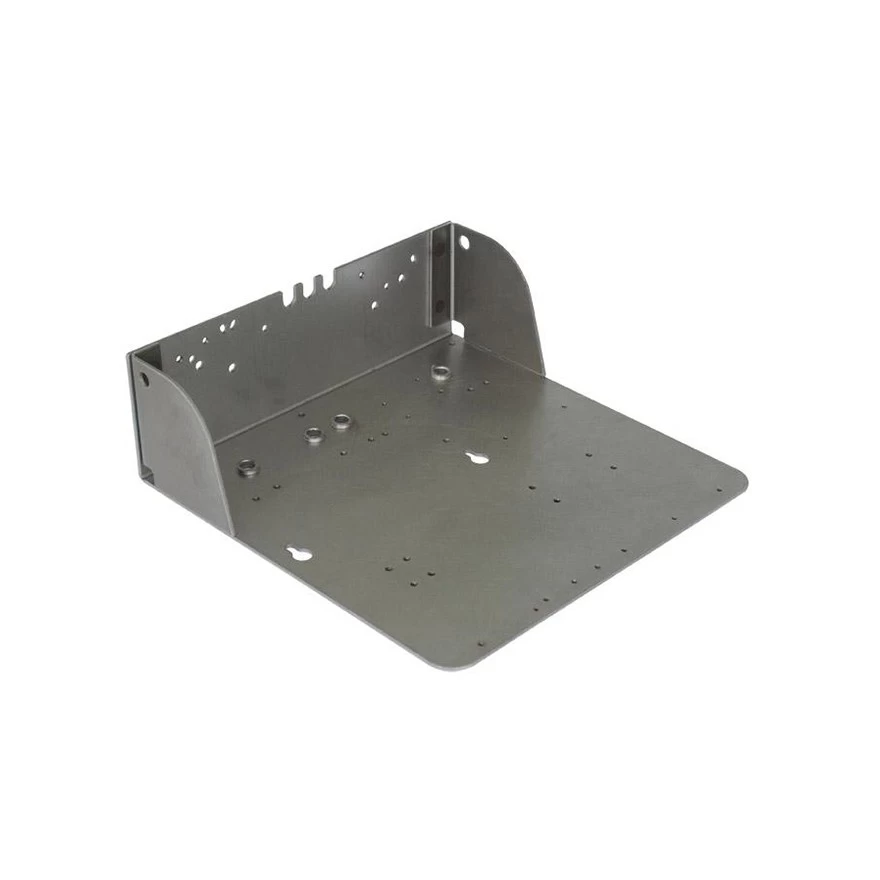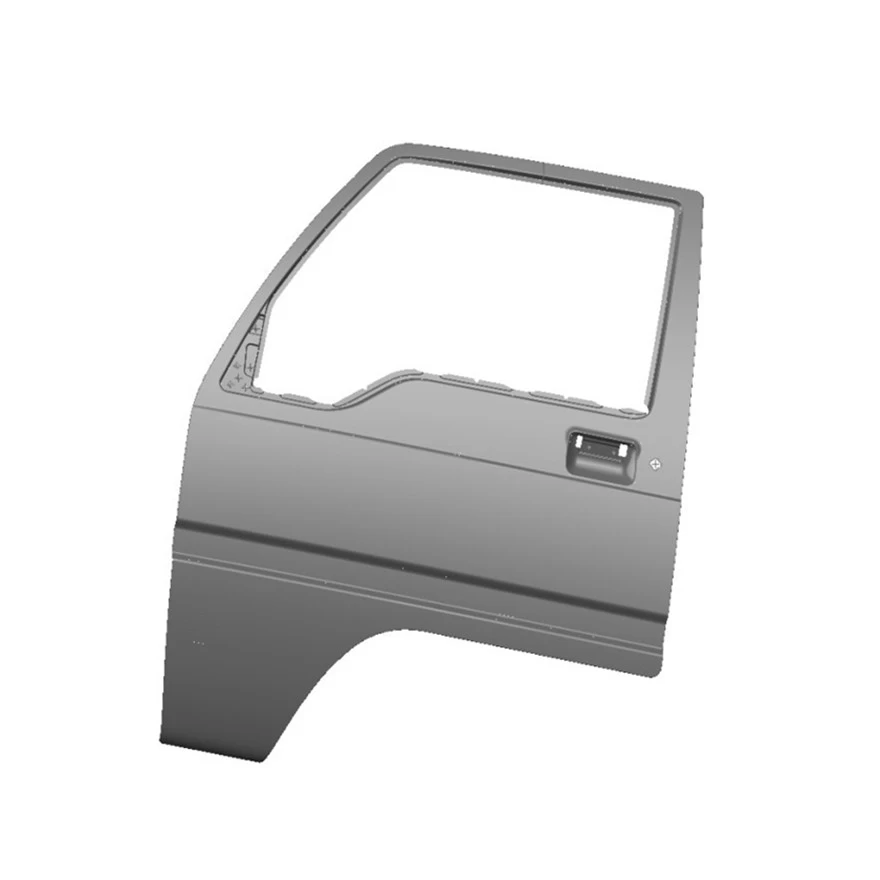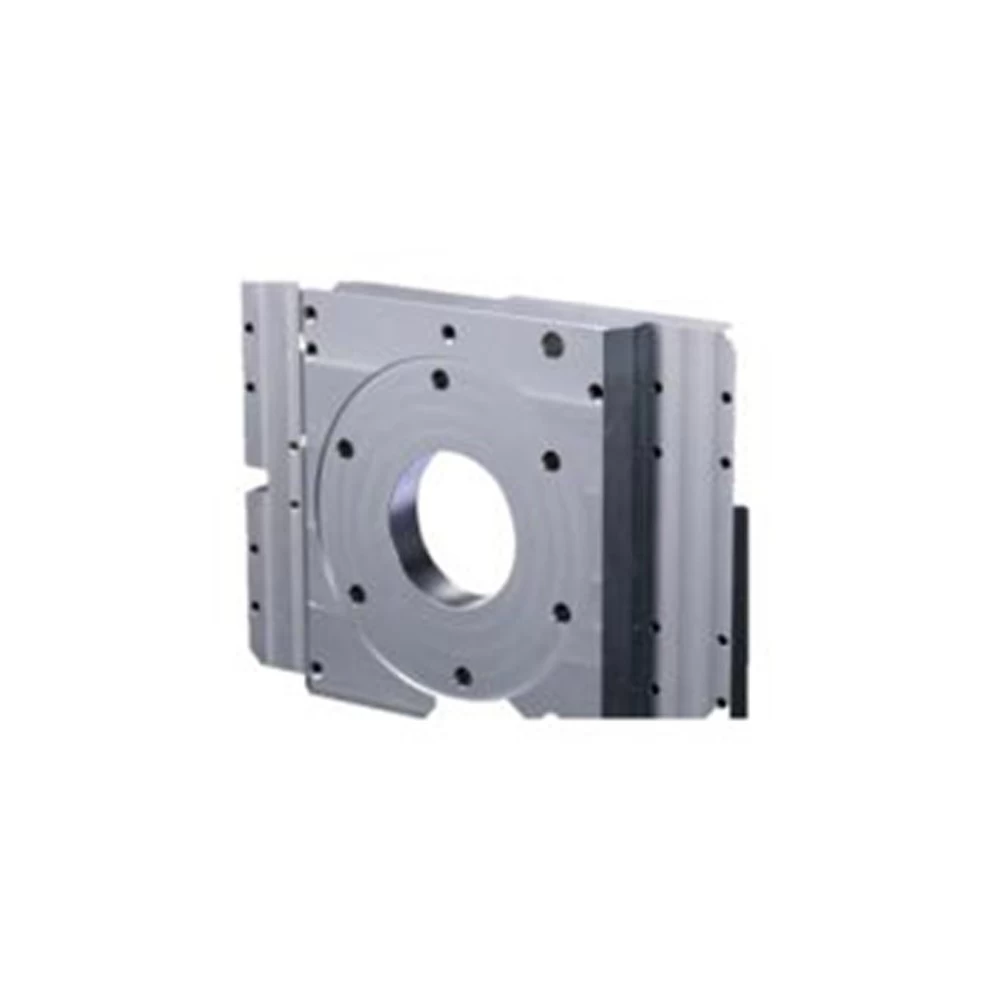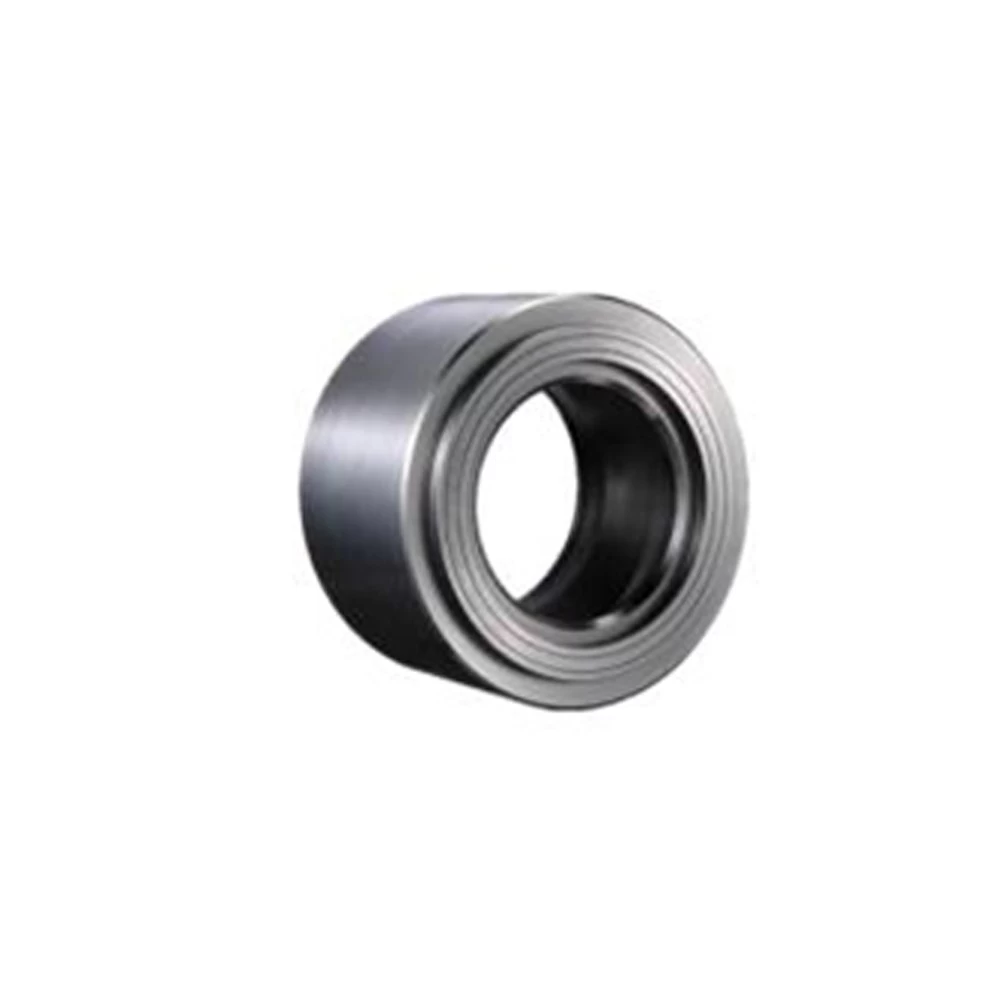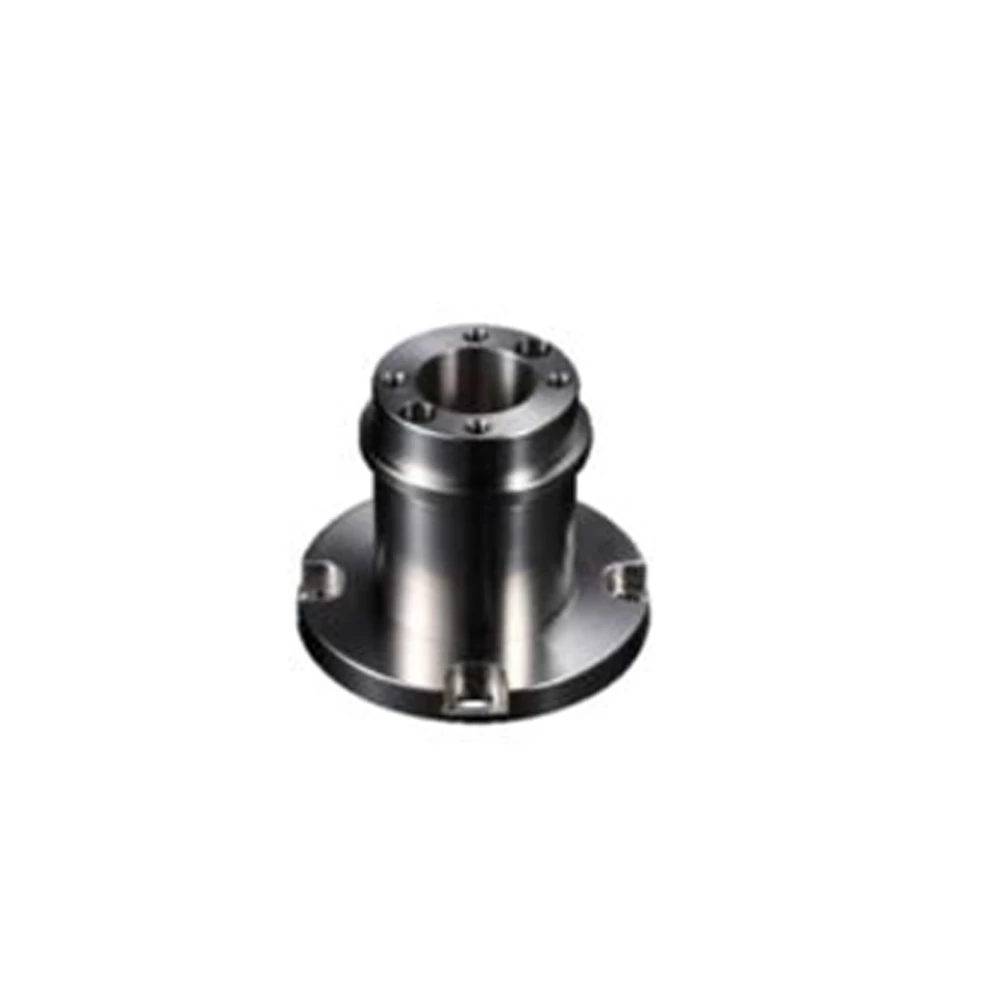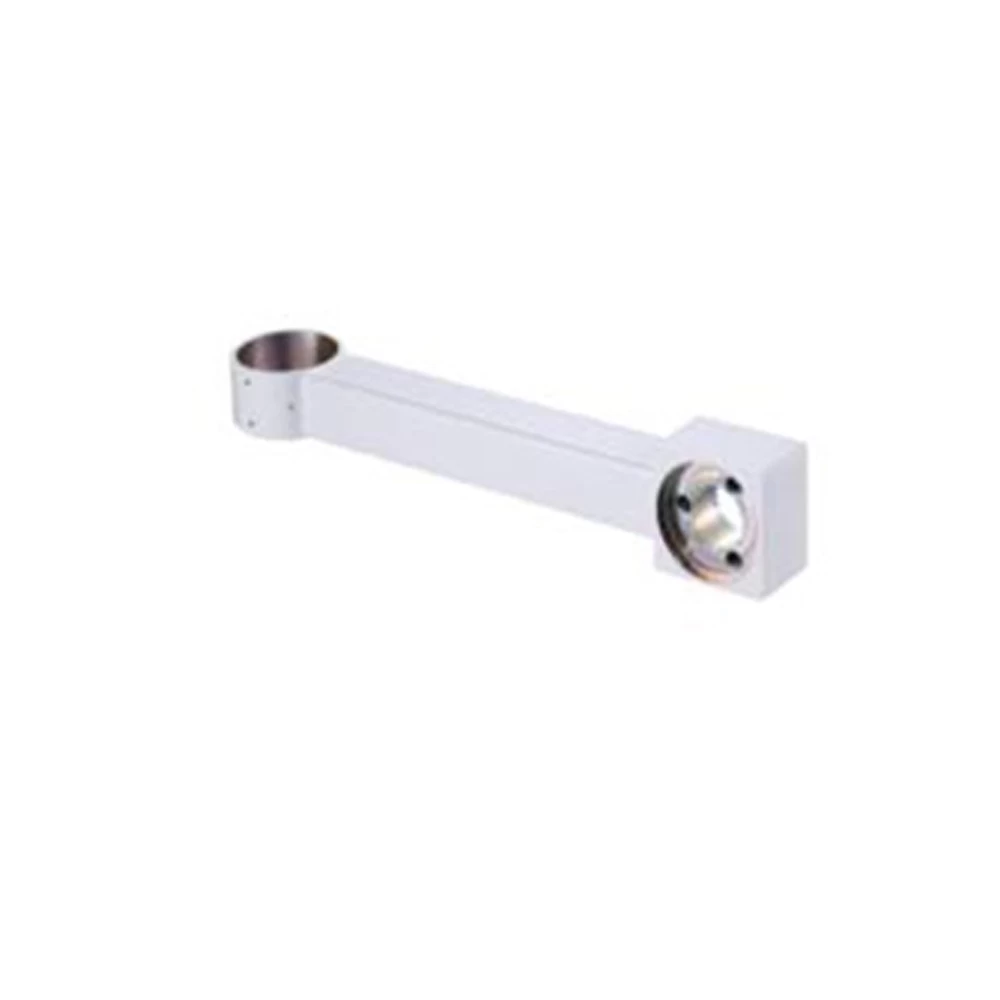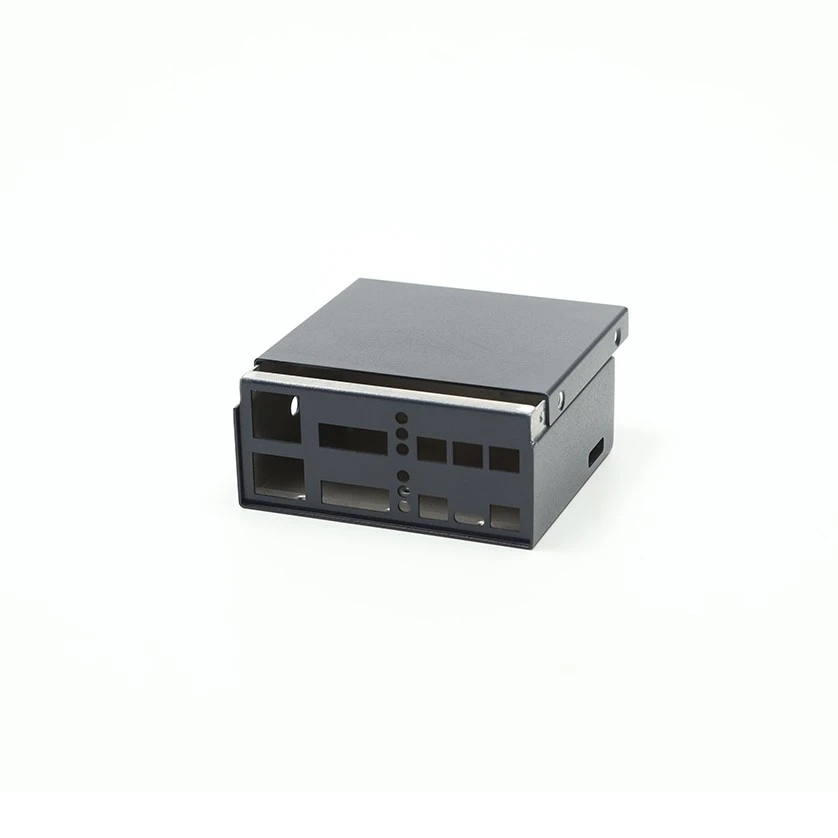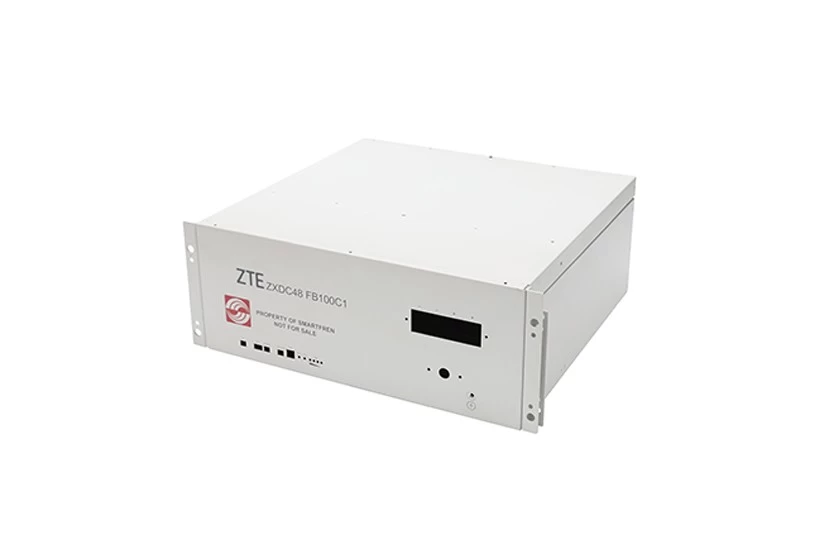Common Misconceptions About Sheet Metal Bending Revealed
Custom OEM Service Sheet Metal Bending Fabrication is a custom original equipment manufacturing service that creates a variety of parts and products by bending sheet metal. However, there are a few misconceptions that many people have about this field, so let's clear up those mysteries.
Myth 1: Sheet Metal Bending can only make simple shapes
Truth 1: Sheet Metal Bending is not just for simple shapes. In fact, Sheet Metal Bending is capable of producing a wide range of complex shapes and structures, and with advanced machinery, equipment and technology, it is possible to achieve precise bending processes that meet a wide range of customer needs. While common bending forms such as V and U shapes are often used for simple processing, complex and diverse shapes can be realised through different bending methods and techniques.
Sheet metal bending fabrication is a very flexible manufacturing process that can create a variety of complex geometries by applying different bending techniques. For example, Rotary Draw Bending, Roll Bending and Fold Bending can be used to create complex structures. In addition, complex shapes can be created by Multi-angle Bending.
Custom oem service sheet metal bending fabrication is not only limited to simple V and U shaped bending, but also complex designs and structures can be realised by a variety of techniques. As a result, sheet metal bending has a wide range of applications and is able to meet a variety of design needs from simple to complex.
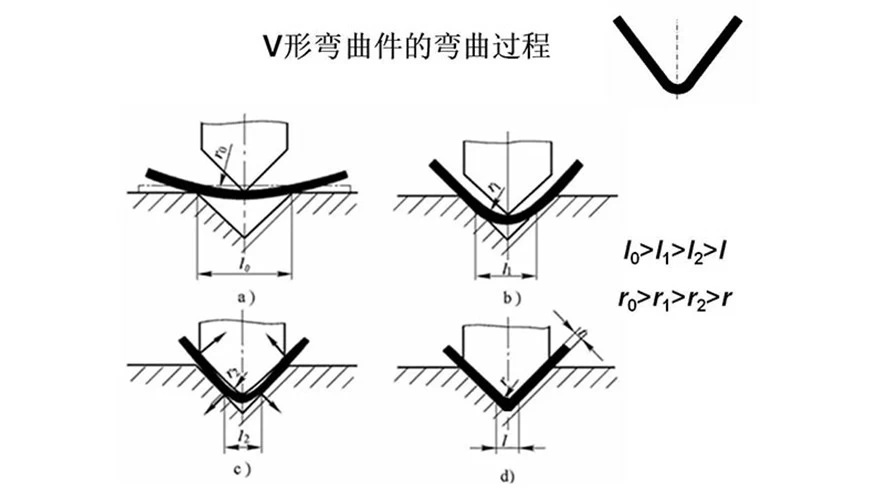
Myth 2: Sheet Metal Bending is perceived as a low-end processing method
Truth 2: China Sheet Metal Bending fabrication is a high-precision machining process that enables precise control of metal materials and is applicable to the production needs of a variety of industries, making it an efficient and flexible manufacturing method.
1. Wide range of applications: Sheet metal bending is very common in the manufacturing industry and is used in a wide range of fields such as automotive, aerospace and household appliances. This process enables the manufacture of complex geometries by transforming flat sheet metal into the desired three-dimensional shape through plastic deformation.
2. Cost-effective: Sheet metal bending is a cost-effective process, especially for low to medium volume production. It does not require complex tooling and usually only standard punches and dies are required for simple bending operations. This makes it very attractive for low volume production as no costly tooling is required.
3. Technological advances: With technological advances, sheet metal bending has evolved from traditional mechanical bending to automated and precisely controlled bending using CNC (Computer Numerical Control) equipment. This automated technology has improved productivity and accuracy, reducing manual intervention and trial and error time.
4. Diversified bending methods: There are various methods of bending sheet metal, including air bending, V-bending, roll bending, etc.. These methods can be selected according to different needs and material characteristics to achieve the best processing results.
5. High precision and complexity: modern sheet metal bending technology can achieve high-precision processing, suitable for parts that require fine control. For example, laser-assisted bending technology utilises thermal stress rather than mechanical force to achieve precise bending.
6. Environmental and safety considerations: The high material utilisation in sheet metal bending reduces waste and can be automated to reduce reliance on operators and thus increase safety.
For us at sheet metal bending factory, sheet metal bending is not only not a low-end processing method, but rather a highly efficient, economical and technologically advanced manufacturing process with a wide range of applications and significant industrial value.

